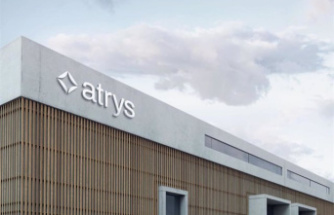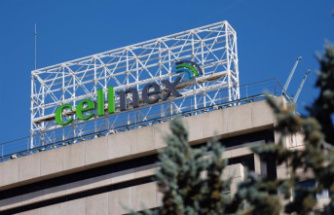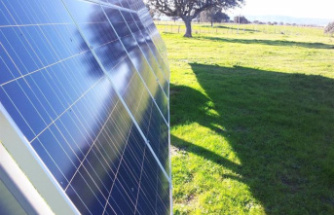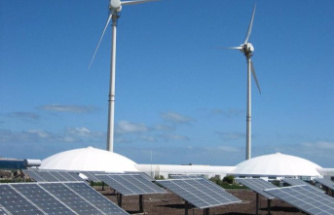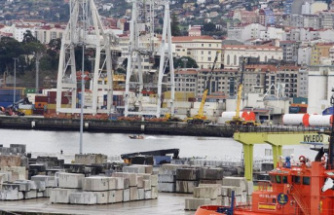It’s a strange time for an indigenous Canadian artist to be living beyond the country’s borders, what with a rising tide of First Nations cultural expression assuming its rightful place closer to the centre of both public consciousness and institutional programming — particularly as Canada 150 approaches, casting it as a very different kind of birthday, indeed.
For Maria Hupfield, an Anishinaabe artist lately of Brooklyn but rooted in her home turf of the Wasauksing First Nation near Parry Sound, a little distance was the goal, though not as she imagined.
“I thought, by being in New York, I would be able to strip some of that away,” she says, explaining how she chose to be in the bigger swim partly to avoid being typecast. “But what I found was I couldn’t turn away from it, because here, it’s so much worse.”
So, over the past seven years, Hupfield has found herself in the curious circumstance of being at the core of another indigenous art community, showing in exhibitions and organizing talks and conferences around those issues (one such conference, Crossroads: Art and Native Feminisms, takes place this weekend at the Museum of Arts and Design in New York).
Meanwhile, back home, she’s suddenly very visible. At the Power Plant, The One Who Keeps On Giving, her first major solo show here, serves as a triumphal homecoming.
In one big gallery an array of sculptural objects speak to the absurdist humour she sometimes plies in her mostly performance work (a full-size canoe made of industrial felt slumps comically in one corner; Hupfield assembled it as a performance at the Venice Biennale in 2015, simultaneously skewering notions of wistful Canadiana with her own culture’s reliance on the craft as a useful tool, not a symbolic object).
For Hupfield, her indigenous identity roots her work but doesn’t necessarily define it. “I think we’re at a point now where some of those questions can really open up,” she says. As though a response, the core of The One Who Keeps On Giving can be found in the darkened gallery that lies beyond where a pair of videos, facing each other, take turns unspooling.
Both show Hupfield, surrounded by family, as she unbundles a pale blanket to reveal a modest-sized painting of a turbulent lake, roiling beneath an arch of cloud under a pale blue sky.
The painting, by her late mother, is treated as sacred, totemic. As her brother and sister-in-law, both professional powwow dancers (they often perform often with A Tribe Called Red), and her sister, an Anishinaabe singer, begin their performance, Hupfield cradles the painting and drifts impassively through the procession.
The implications seem loaded: her mother, an Anishinaabe woman from the last generation of indigenous Canadians to have their culture actively stripped from them by the federal government, adopting the very colonial convention of landscape painting; now absent, she’s embraced as the next generation reclaims its own culture as a vital, living thing. (“I want to be seen as some who’s innovative,” Hupfield says. “And to me, what my brother does is totally cutting edge.”)
But there is no such reprimand here. Hupfield elides such readings, choosing a more neutral and personal tack. “For me, it was really more a matter of ‘What was she thinking? What was she feeling when she made that piece?’” she says. “Everyone can relate to water. Everyone can relate to having a mother. For me, it’s about getting past those hierarchies and opening it up for different kinds of conversations.”
At the same time, Hupfield has made two versions of the video and context, as they say, is everything. They’re the same, but not: on one screen, there’s a warmth, performed on a caramel-coloured wood floor with a rich black curtain behind. As the performance ends, Hupfield sits on the floor, her family clustered around her. There’s a round of applause; a tear streams down her sister’s cheek. On the opposite screen, the same performance unfolds on a polished concrete floor, surrounded by all white walls; no crowd signals their approval and the denouement is tear-free.
There’s a clear-cut explanation here, and then another that’s not quite so easy. The work was first performed for the Indigenous Storytellers Festival at the Stockey Centre in Parry Sound, Hupfield’s home turf, where her family still lives; the painting serves as her mother’s stand-in for what amounts to a talented familial cultural jamdown.
Across the room though, things shift, and not just a little. On the concrete — the floor in the video is the floor of the Power Plant, where it was filmed — the performances are cooler, more deliberate, maybe even a little detached. What changed? Ultimately, that’s what Hupfield’s work is about: how time and place can act on things we think of as fixed and how meaning can change, sometimes radically, when the context shifts.
As with a lot of her work, Hupfield’s playing with the idea of oral tradition; a mainstay in the narrative of many cultures, including her own.
“Times change, but the stories don’t,” she says, by way of explanation, and the transposition here reveals that fluidity is found less in content than context.
To put a fine point on it, she set the conditions. “Toronto doesn’t get a performance,” she says, making clear that the Parry Sound video was shot in front of an audience while the one here was private, a closed set specifically for the purpose of filming. It gives it a different weight, somehow. No lighter than its Parry Sound counterpart, it remains quietly beautiful and intense, but it’s more self-conscious: a veiling, however slightly, of what could be read back home as clear-eyed familial tribute.
“It’s about access and who gets it, I suppose,” Hupfield says: not cutting off, so much, as keeping a safe distance. In the oddly quiet aftermath of the Truth and Reconciliation Commission and the wondering of what comes next, it seems fair enough.
How much distance is enough? That’s the gap yet to be closed. “A couple of elders from Wasauksing came to the opening and said they’d have to come back with their whole group, because people here weren’t going to get it,” Hupfield laughs. My guess is we’re closer than they think. But more conversation is always a good thing. Let’s keep talking.
The Toronto Star and thestar.com, each property of Toronto Star Newspapers Limited, One Yonge Street, 4th Floor, Toronto, ON, M5E 1E6. You can unsubscribe at any time. Please contact us or see our privacy policy for more information.
Our editors found this article on this site using Google and regenerated it for our readers.


